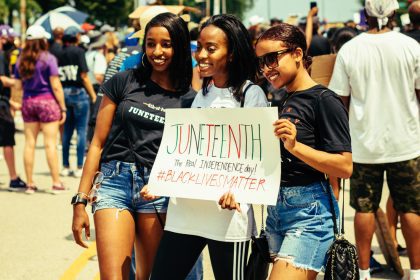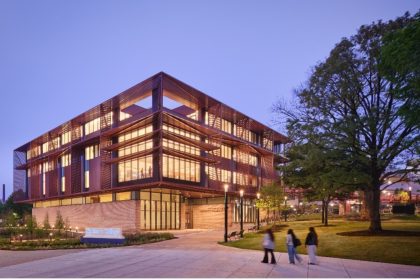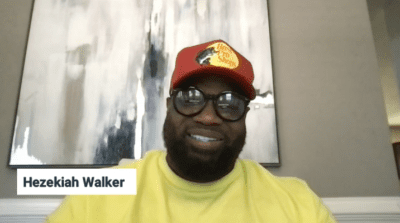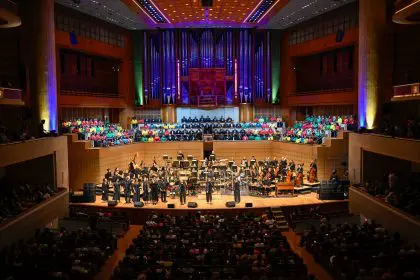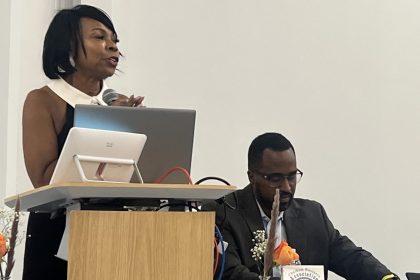Urgent call for action as pandemic aftermath reveals growing treatment gap
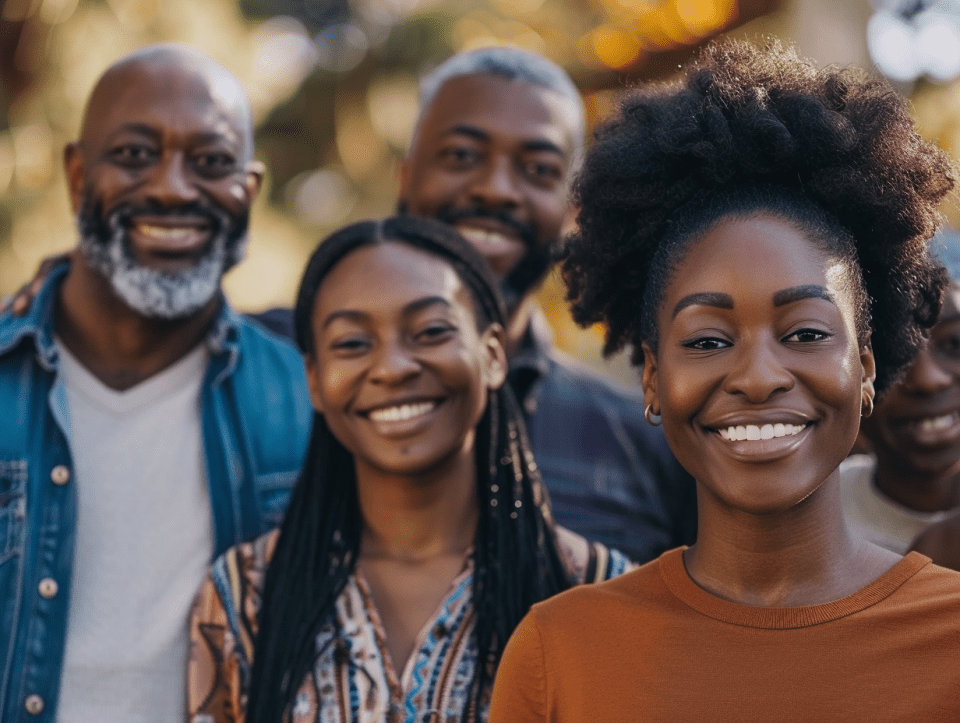
The growing crisis
New York City is grappling with an unprecedented mental health crisis, with communities of color facing the greatest challenges. The city’s statistics paint a sobering picture: one in four New Yorkers experiences a mental health disorder annually. Public high school students report a disturbing increase in feelings of sadness and hopelessness, highlighting the urgent need for action. This issue is particularly pronounced in BIPOC communities, where social and economic disparities often compound the problem.
Pandemic’s lasting impact
The COVID-19 pandemic has left deep scars on the mental health of New Yorkers, particularly the youth. Data indicates a troubling rise in mental health struggles, with reports showing that 38% of high school students now experience persistent sadness or hopelessness—a significant increase from the 27% recorded a decade ago. The pandemic’s toll has not been evenly distributed, and BIPOC communities have been disproportionately affected. These communities were hit hardest by the pandemic’s economic and health impacts, exacerbating pre-existing vulnerabilities and mental health challenges.
Treatment access gap
The gap in mental health treatment access is stark. Black, Latino, and Asian American and Pacific Islander communities encounter significant barriers when seeking mental health care. Compared to other groups, these populations are less likely to receive timely treatment and more likely to face delays in care. The lack of culturally competent support systems and service providers further compounds the problem, leaving many individuals without the care they need. Additionally, the uneven distribution of mental health resources, with areas like the Northeast Bronx, Kingsbridge, and Borough Park facing severe shortages, leaves entire neighborhoods underserved.
Cultural barriers and representation
One of the key factors contributing to this crisis is the lack of diversity within the mental health profession. Black therapists, for example, make up only 4% of mental health professionals in the U.S., leading to a significant representation gap. This shortage makes it challenging for many BIPOC individuals to find therapists who understand their cultural context and can effectively address their needs. Without culturally relevant care, treatment often falls short, resulting in missed opportunities for meaningful healing and progress. This barrier emphasizes the importance of training and retaining more diverse mental health professionals who can better connect with patients and provide tailored care.
Community-based solutions
Community-driven initiatives are proving instrumental in tackling the mental health crisis in BIPOC communities. Local organizations are spearheading programs that merge traditional mental health support with cultural understanding. These grassroots efforts provide safe spaces where individuals can openly discuss mental wellness and receive help that resonates with their unique experiences. Community organizations are hosting workshops, peer support groups, and wellness programs designed to bridge the gap left by insufficient public services. This approach not only increases accessibility but also strengthens the social fabric and resilience of the communities involved.
Infrastructure and resources
The role of infrastructure in supporting mental health cannot be overstated. Communities with access to healthcare facilities, recreational areas, and nutritious food options tend to experience better mental health outcomes. The interconnectedness of physical and mental wellness underscores the necessity of developing neighborhoods that support well-being in a holistic manner. Investments in public spaces that encourage community interaction, access to mental health services, and local health centers can contribute to a robust mental health ecosystem. Addressing these infrastructural needs helps create an environment that nurtures mental health alongside physical health.
Future directions
To address these disparities effectively, policymakers, healthcare providers, and community leaders must work in concert. Solutions that enhance provider diversity and accessibility are essential. Expanding telehealth services, which surged during the pandemic, could be an effective way to increase reach while maintaining quality care. Developing treatment models that integrate cultural sensitivity and community involvement will be pivotal in overcoming barriers. Additionally, embedding mental health services into existing community frameworks, such as schools and community centers, can help ensure more comprehensive support.
Call to action
Achieving mental health equity demands collective effort and commitment. Community members, healthcare providers, and policymakers must collaborate to develop solutions that address both immediate needs and structural changes. Supporting local initiatives that prioritize culturally relevant care, promoting open dialogue about mental health, and advocating for systemic policy shifts are crucial steps forward. The path is not simple, but sustained advocacy and a unified commitment to change can pave the way for a more equitable and supportive mental health landscape in New York City and beyond.

